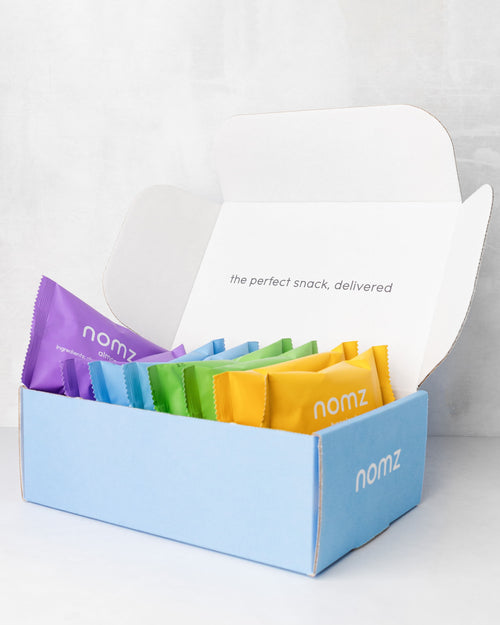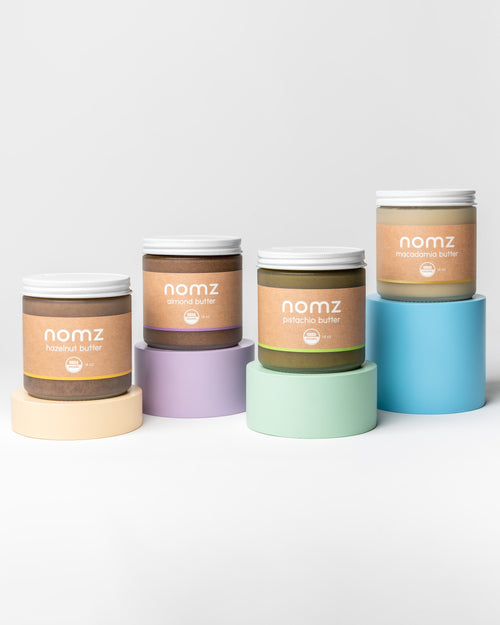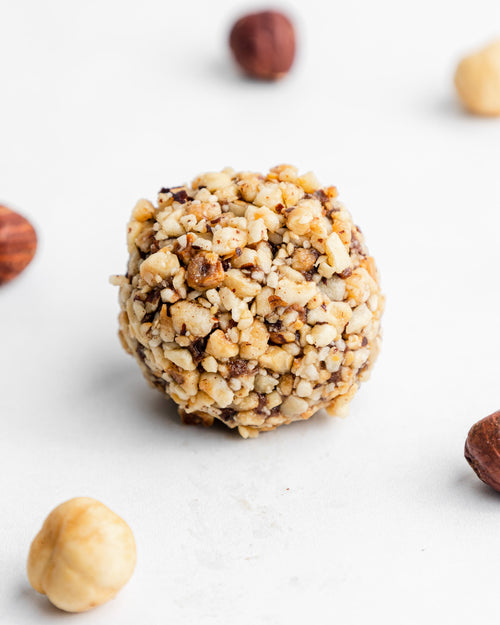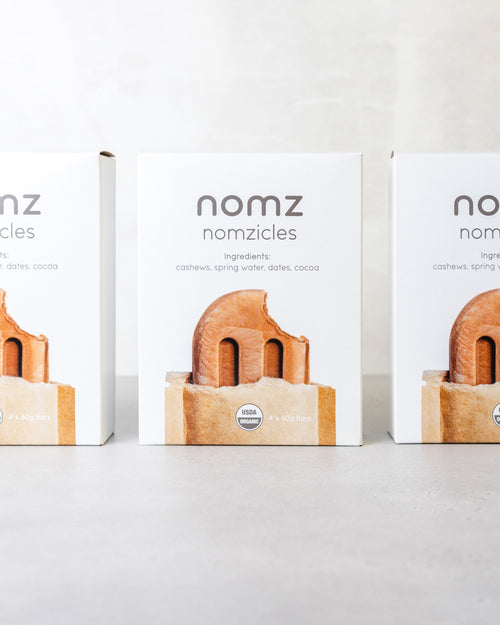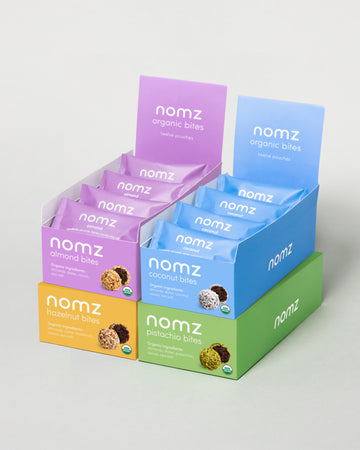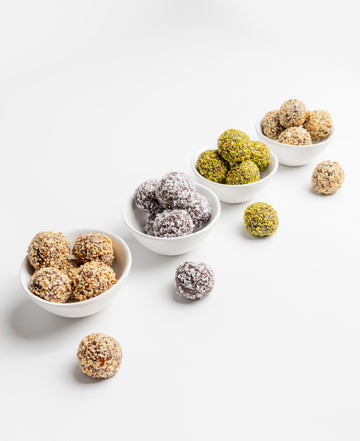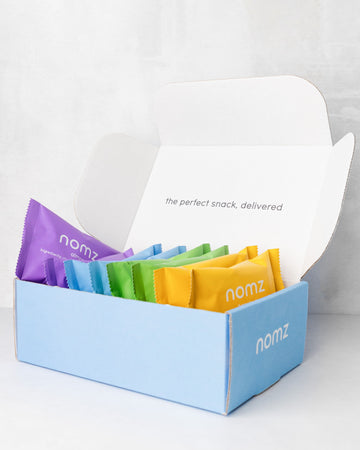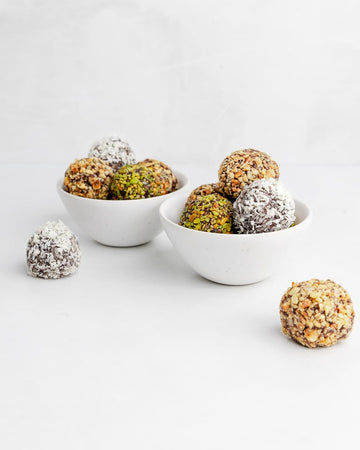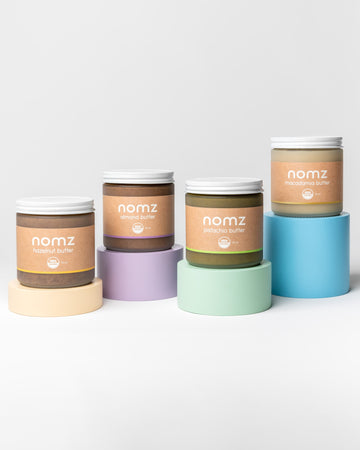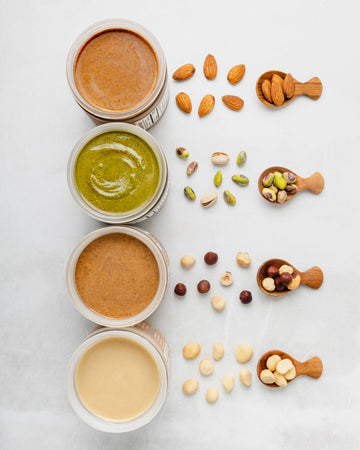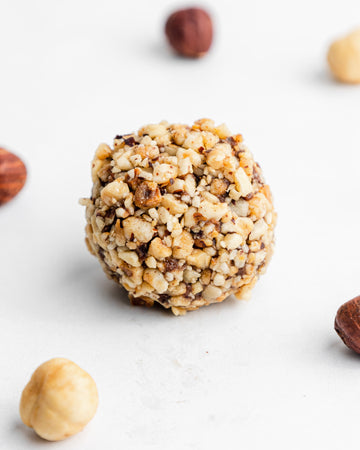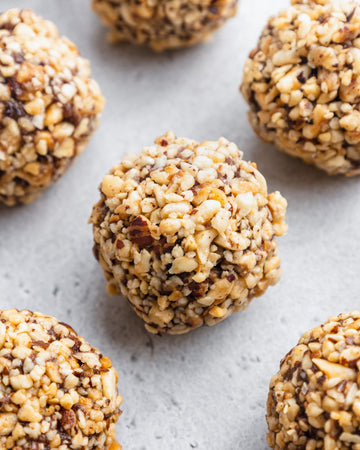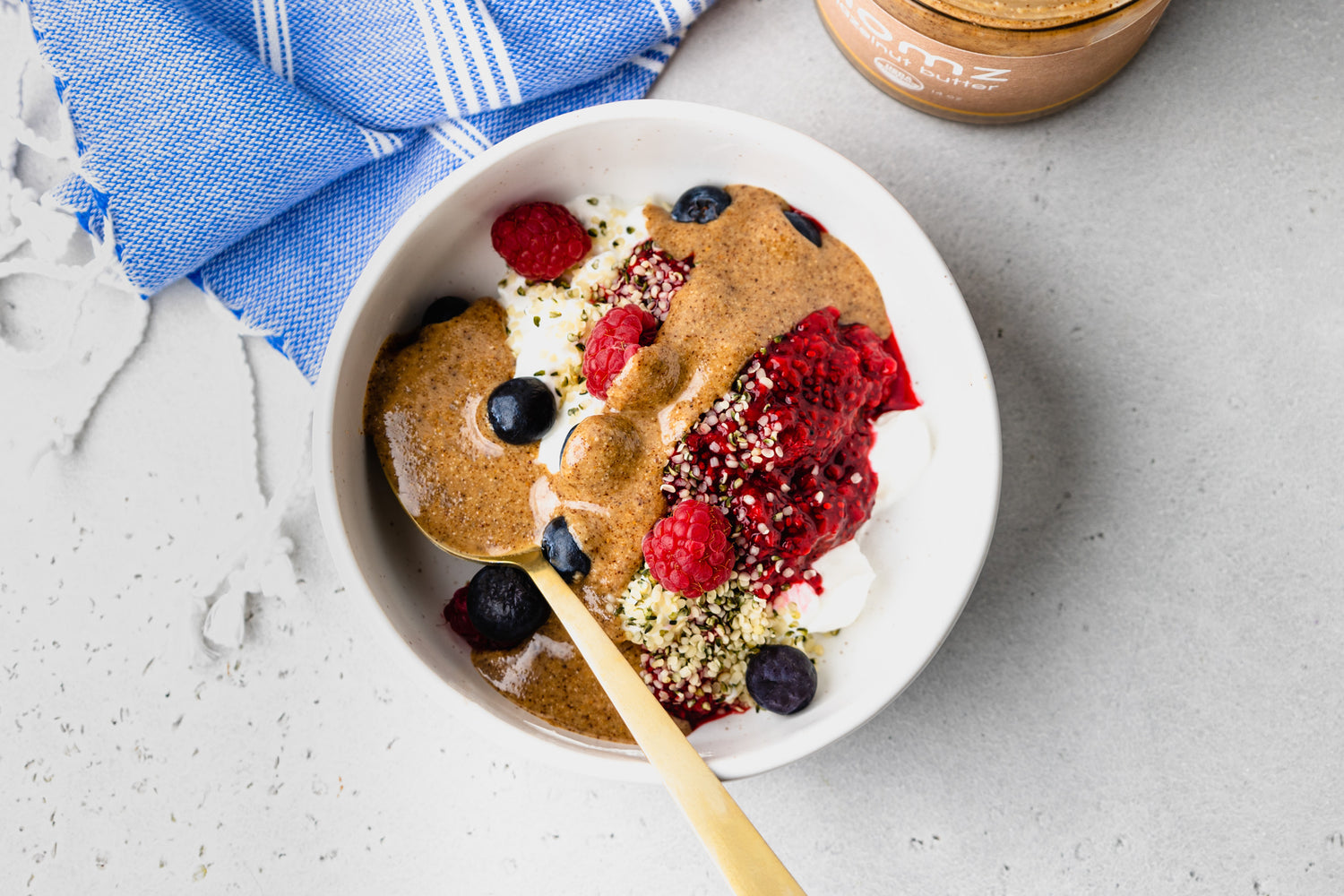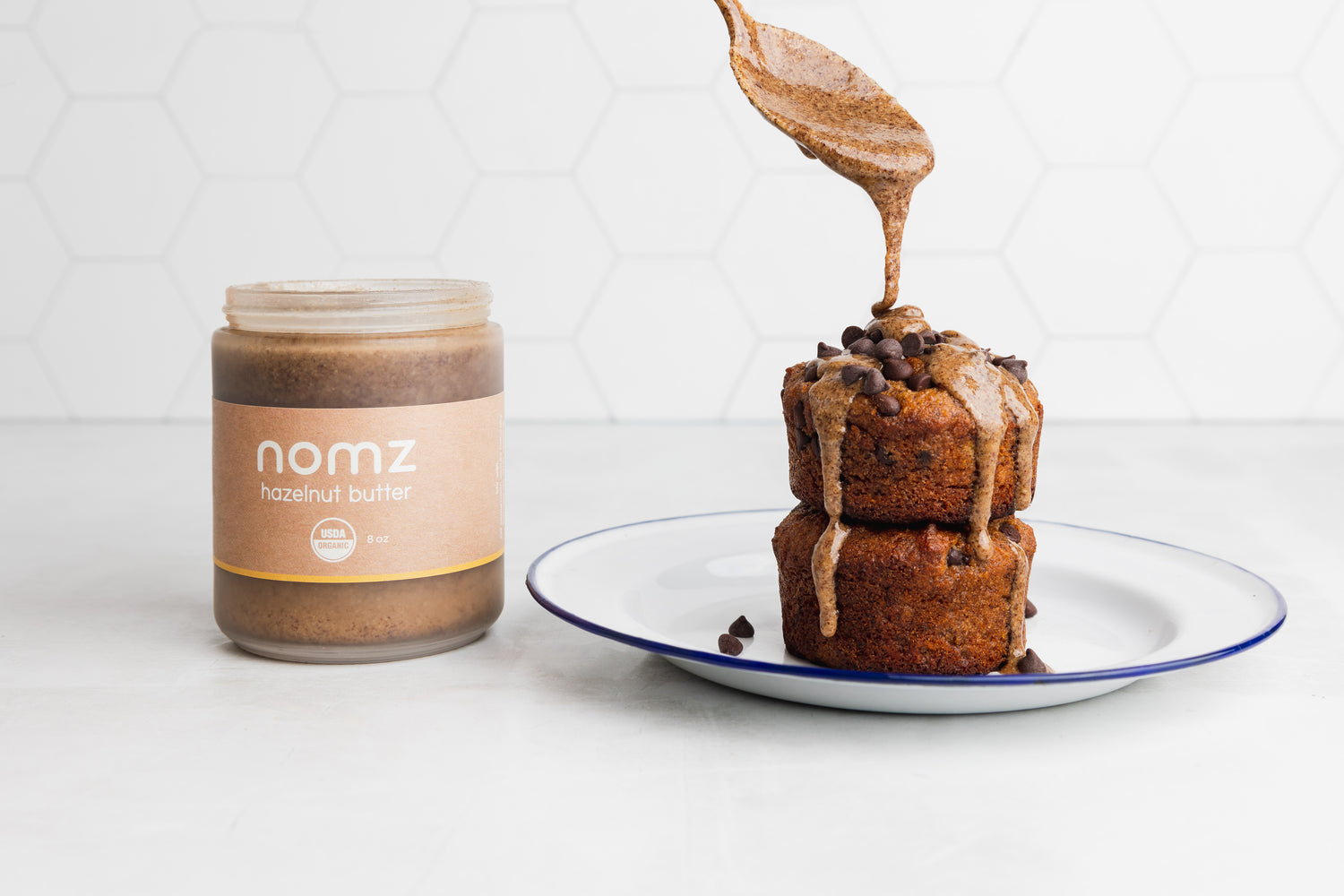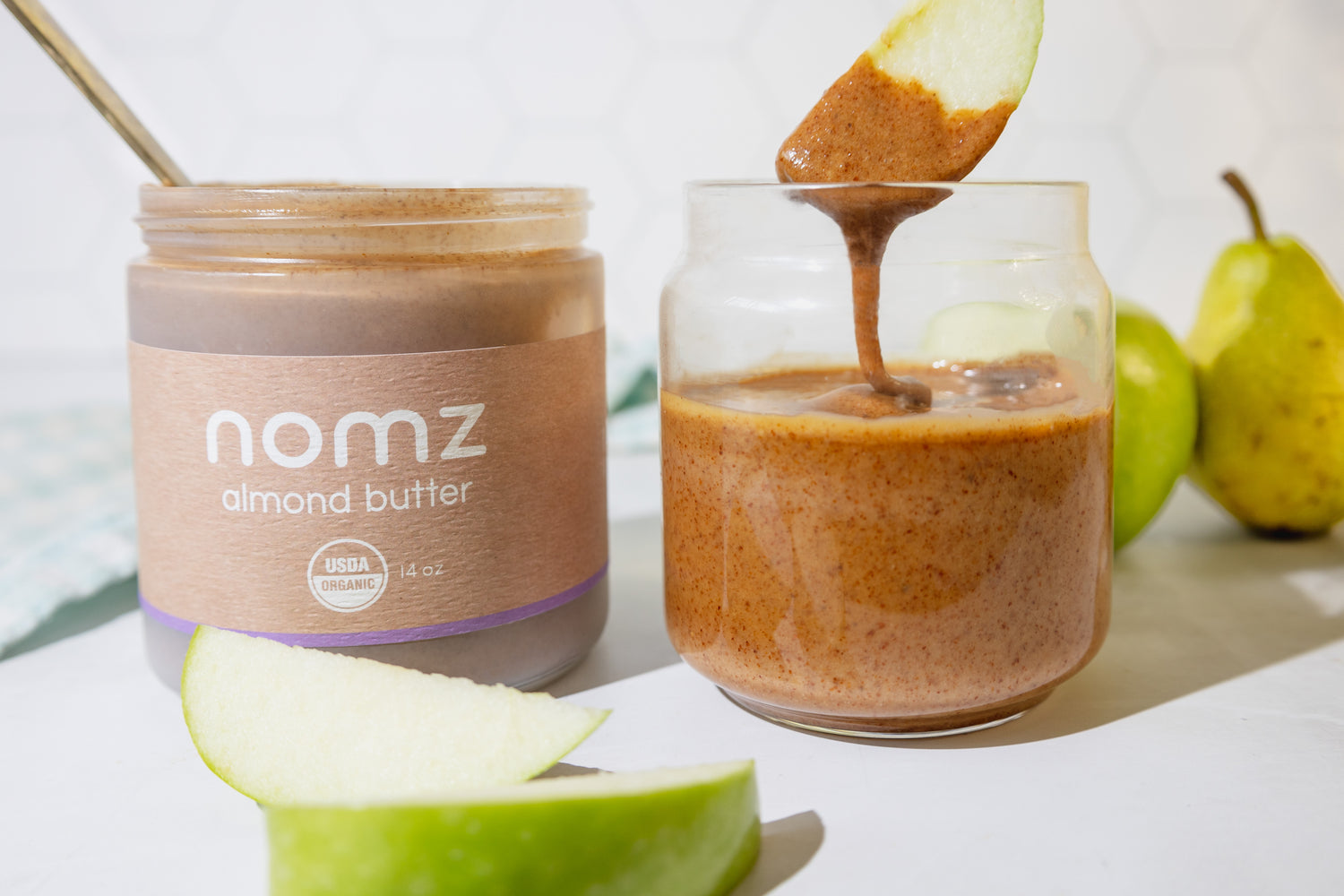4 Food Pairings for Optimal Nutrient Absorption
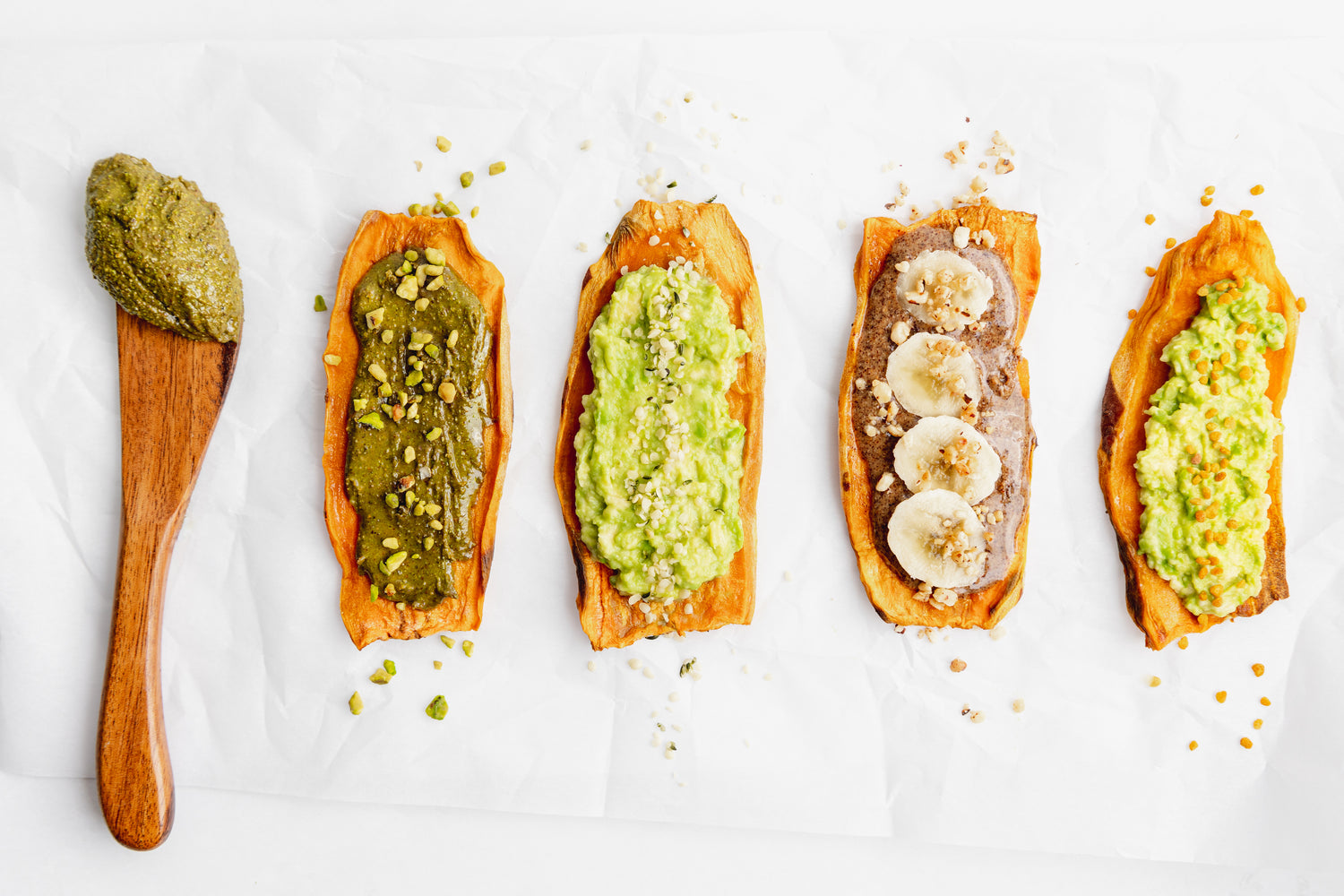
4 food pairings for optimal nutrient absorption. Try coupling these foods together to increase the bioavailability of the nutrients you are consuming. Boost energy, mood, and overall health with these simple but powerful food combinations.
Once our food is digested, nutrients are absorbed through the GI tract and into the circulatory system through a process called nutrient adsorption! Some nutrients are very easily absorbed, while others are more difficult for the body to absorb - sometimes resulting in deficiencies or imbalances.
Bioavailability is the extent to which a nutrient is absorbed. Bioavailability can be influenced by many factors including physiological conditions, medications, and food combinations! A great example of this is spinach - which contains lots of plant-based iron but is also high in oxalic acid. Oxalic acid blocks the absorption of iron! So… what can we do to increase the bioavailability of plant-based foods?
We don’t want to see you eating your fill of spinach salads and green smoothies without absorbing all those key nutrients! That would be a waste of both time and effort. Thankfully, there are many different nutrient pairings that work synergistically to aid in nutrient absorption.
We’re sharing 4 food pairings for optimal nutrient absorption so that you can rest assured that your green smoothie and healthy meals are more effective!

1. Vitamin C & Plant-Based Iron
As mentioned, spinach is high in non-heme iron, which is much less bioavailable than heme iron. The good news? Vitamin C aids in the absorption of non-heme iron! Pairing spinach or with bell peppers, strawberries, or citrus fruits (all great sources of vitamin C) is an easy way to increase non-heme iron absorption. This is especially exciting when it comes to making a superfood smoothie with daily nourish - which contains 22 mg of plant-based iron alongside 110 mg of vitamin C! The iron in daily nourish is thanks to the star ingredient - organic curry leaf, while the vitamin C mainly comes from the camu camu.
2. Fat & Fat-Soluble Vitamins
Fat-soluble vitamins include Vitamins A, E, D, and K. Just as it sounds, these vitamins are not soluble in water and require fat to be absorbed. In fact, low-fat diets can decrease fat-soluble vitamin bioavailability; leading to deficiency! Just another reason to eat your healthy fats. The fat soluble vitamins are micronutrients, meaning the body needs them only in small quantities but they are vital for cell growth, gene regulation, and reproduction.

Some pairings to include for fat-soluble vitamins:
- Vitamin A - Cooked sweet potato with organic almond, pistachio, hazelnut, or macadamia nut butter (try sweet potato toast)!
- Vitamin E - Avocados and almonds
- Vitamin D - Mushrooms with extra virgin olive oil
- Vitamin K - Brussels sprouts, broccoli, or cabbage with extra virgin olive oil
3. Turmeric & Black Pepper
Turmeric is another one of our favourite anti-inflammatory superfoods found in daily nourish! This spice has so many health benefits, thanks to the active constituent curcumin, This polyphenol has been studied as a powerful antioxidant and is well-known for it’s antibacterial, anti-fungal, and anti-inflammatory properties. With so many benefits, there are many reasons that you may want to add turmeric into your daily routine, but one downfall is that it is not very bioavailable.
The bioavailability of turmeric can be boosted by consuming it alongside black pepper. Black pepper contains an alkaloid called piperine, which research has shown helps to increase the bioavailability of curcumin up to 2000%!!! (1) So, next time you’re enjoying turmeric, add in a small amount of black pepper to help ensure that you’re getting the most out of this precious spice.
4. Green Tea & Lemon
Next time you’re enjoying a cup of green tea, add in a squeeze of fresh lemon juice! Green tea is such a soothing beverage, but it also contains numerous phytonutrients and antioxidants. Studies have found that adding lemon to your green tea helps to increase the bioavailability of beneficial antioxidants, specifically catechins. This 2014 review found that adding citrus to green tea helped to increase the bioavailability of catechins by up to 6 times. Experts recommend consuming 2-3 cups of green tea per day for optimal results.
We hope that you found these 4 food pairings for optimal nutrient absorption helpful! Be sure to share a photo and tag us on social media @nomz #nomz if you try any of these combinations - we would love to see your creations!
Written by Certified Holistic Nutritionist, Jasmine Ouellette


